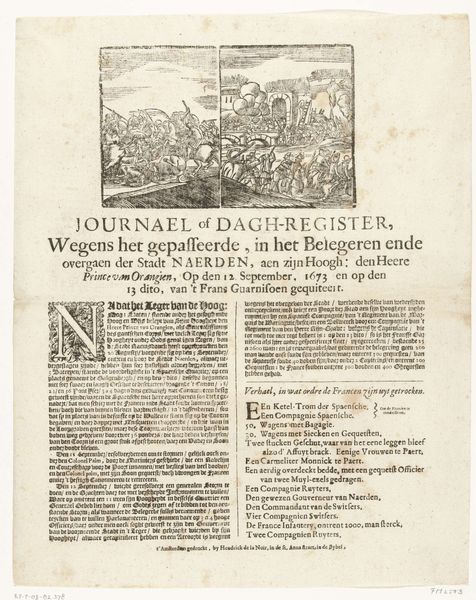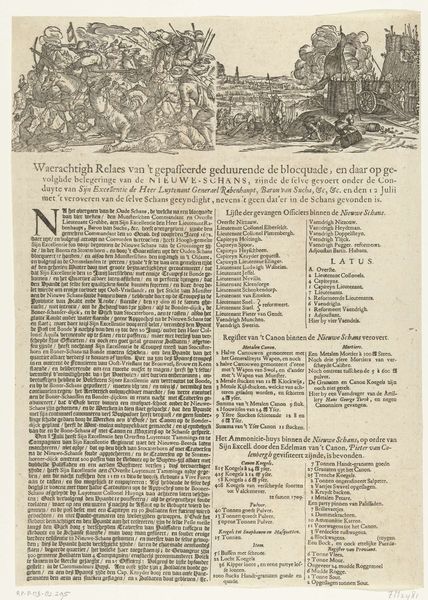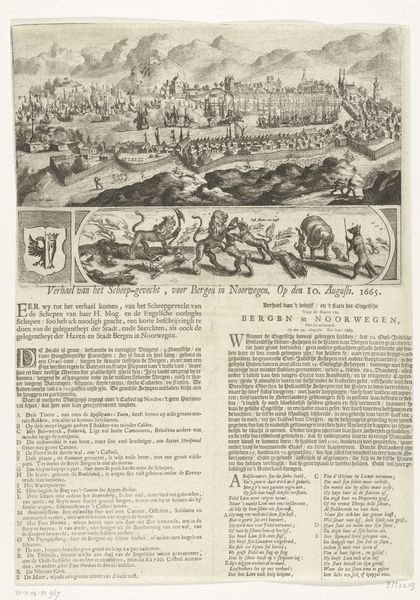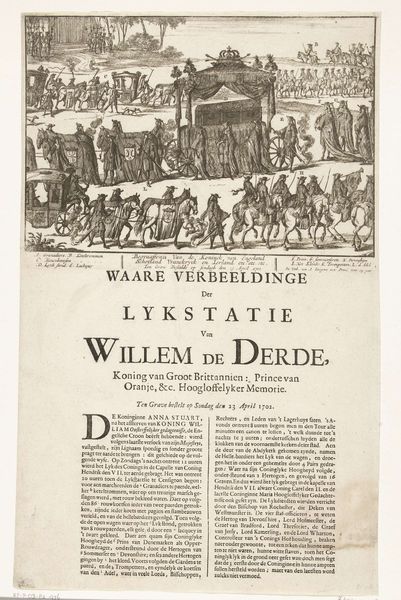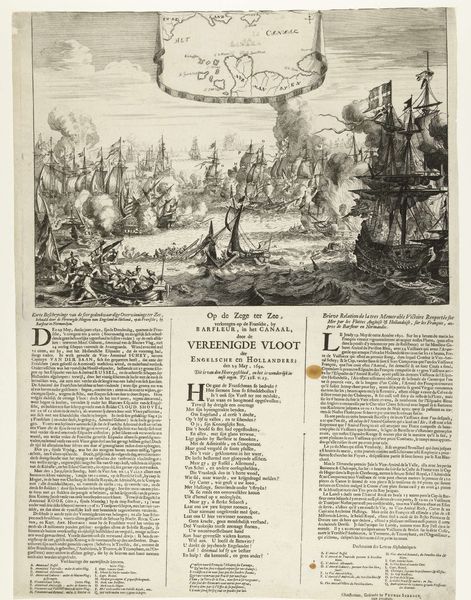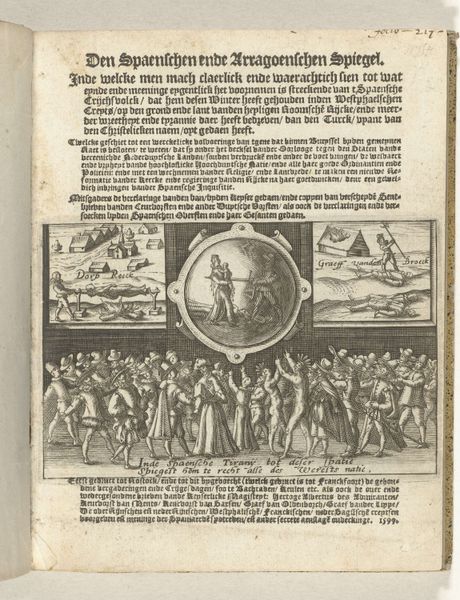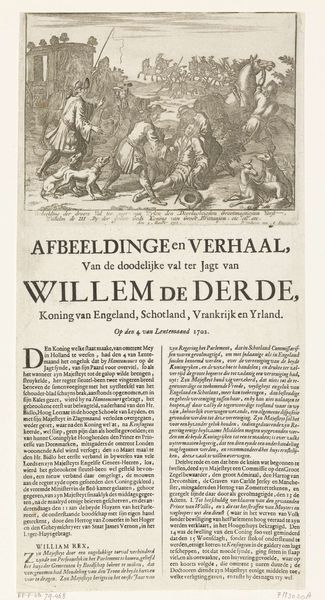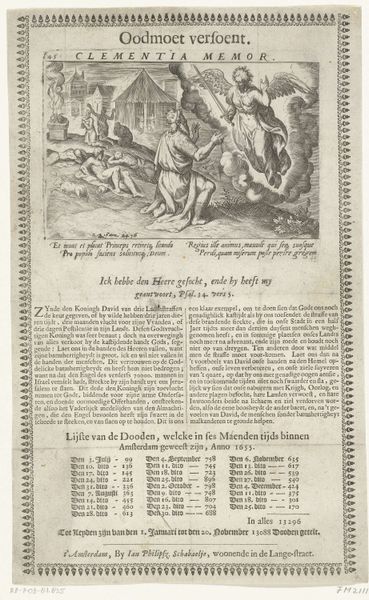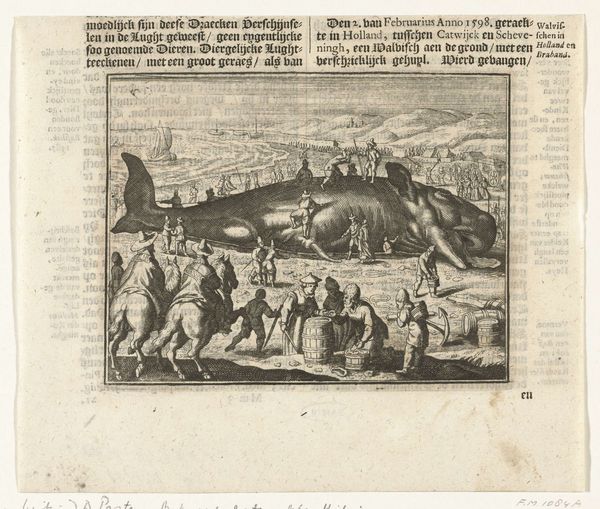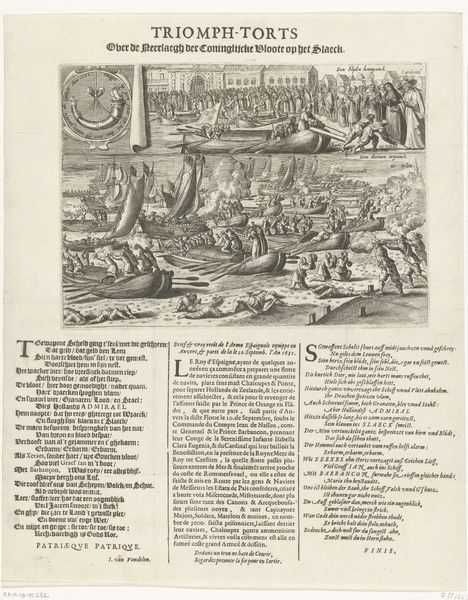
print, engraving
#
baroque
# print
#
landscape
#
history-painting
#
engraving
Dimensions: height 173 mm, width 283 mm, height 499 mm, width 285 mm
Copyright: Rijks Museum: Open Domain
Curator: What a piece. This engraving, titled "Slag bij Lunden," thought to have been made sometime between 1694 and 1707, is attributed to Justus van Huysum II. It purports to depict the Battle of Lunden. Editor: My initial impression is chaos! A densely packed scene of bodies, smoke, and frantic movement. There's something deeply unsettling about the sheer volume of violence rendered in such detail. Curator: The piece, printed on paper, captures a historical clash—the battle on December 4, 1676, between the Danish and Swedish armies. But the deeper layers interest me most. Look at the fallen figures in the foreground – their poses are evocative of classical lamentation scenes. It suggests a narrative of heroism and tragedy far beyond the mere facts of the conflict. Editor: But I am caught by its material presence. The act of engraving, the repetitive and physical labor involved, stands in stark contrast to the seemingly effortless sweep of violence depicted. Also, the combination of image and typeset – one illustrating events and the other elaborating with “facts.” This raises immediate concerns regarding issues of propaganda. Curator: Absolutely. The combination creates a layered text of power. Note how the arrangement almost imitates the symbolic orders of illuminated manuscripts. See how the decorative initial "N" grants both visual appeal and spiritual weight to what might otherwise be considered a basic military document. Editor: Yet this symbolic weight comes from skilled hands translating trauma. One needs to note that the work is crafted from tangible matter that gives its overall final texture and form. What types of acids where used to etch into this plate that transferred to the print itself? Curator: True. But its cultural impact transcends mere material presence. Through this imagery, people experienced this conflict as part of their collective past, solidifying notions of nation, faith, and identity. These symbols outlive the physical engraving itself. Editor: An apt point. Although that is true, it makes me wonder whether these "collective" feelings were only felt for an elite, lettered, audience given how many texts populate this image that a largely illiterate population might not comprehend. The value, perhaps, is determined less in who fought the battle, and instead who gets to consume and produce its memory. Curator: Exactly. Ultimately, it's the interplay between form and symbolism that grants a lasting power to a violent historical relic like this. Editor: It leaves me pondering how we can responsibly reckon with conflict in images when processes and materials dictate memory.
Comments
No comments
Be the first to comment and join the conversation on the ultimate creative platform.
